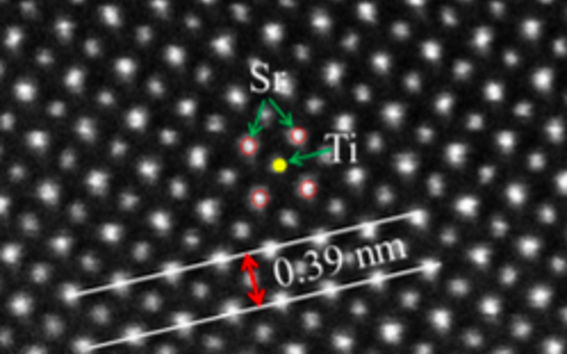New materials for fuel cells

Fuel cells convert fuels into electricity without moving parts, and are a potential technology for clean energy production both in stationary applications like houses and factories and mobile applications like cars and trucks. They produce electricity by making use of electrochemical reactions, and to simplify the design of fuel cells, researchers from Aalto University lead by Professor Peter Lund in collaboration Northeastern University in China have developed a solid oxide fuel cell based on a single-oxide SrTiO2 electrolyte.
Sandwiching this layer between two Nickel-Cobalt-Aluminium-Lithium Oxide layers, a thin composite was formed which showed good performance as a fuel cell. The best test sample reached a high power density of 620 mW per cm2 at 550 °C with hydrogen as fuel. The electrolyte forms a mixed proton and oxygen ion conductor with a core-shell structure, which blocks electron transfer in the electrolyte. The ionic conductivity of the single-oxide electrolyte was high. The basic structure of the fuel cell developed is simple and it lends to industrial-scale manufacturing processes. The results were recently published in Journal of Material Chemistry A, 2019, DOI: 10.1039/C9TA00499H
- Published:
- Updated:
Read more news

Doctoral education pilot arouses wide interest among applicants and corporate partners
The doctoral education pilot has got off to a fast start.
Broadband miniaturized spectrometer research receives QTF annual discovery award 2024
The clarity and compelling presentation of the research were one of the reasons why Doctoral Researcher Md Uddin earned the prize for the research paper, which was published in Nature Communications.
Robotics needs safe behavior patterns
Robotics and autonomous systems are developing rapidly. Algorithms that withstand disturbances and uncertainties in the system model and environment are critical for development.